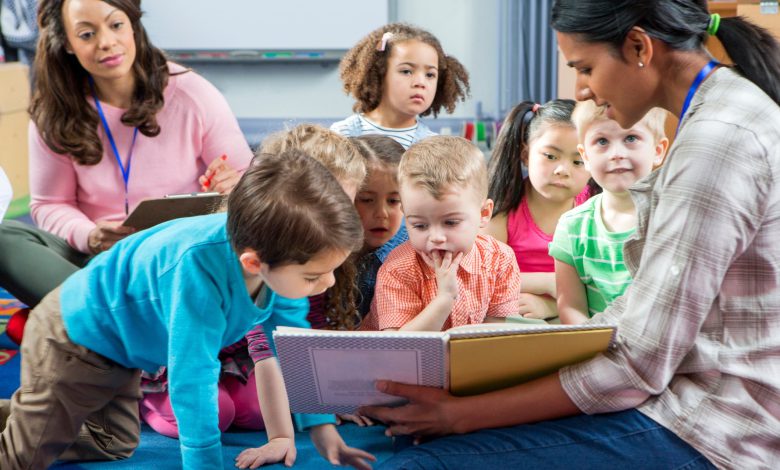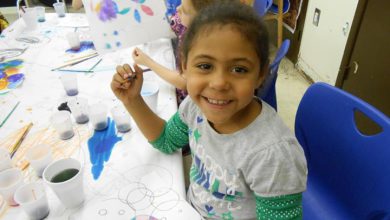4 Ways to Encourage Language Development in Toddlers

 Language use begins to blossom when a child is a toddler, and there are plenty of ways to encourage your child. Here are four of them.
Language use begins to blossom when a child is a toddler, and there are plenty of ways to encourage your child. Here are four of them.
Understand Typical Toddler Milestones
When you understand what’s typical for the toddler stage, you can:
- Manage your own expectations, not expecting too much, too soon
- Appropriately challenge your child’s language development
During your child’s toddler years, he or she will likely learn many new words and start to use basic sentences. By age 2, for example, your toddler probably will connect words such as “go” and “bye-bye” to make a simple sentence: “Go bye-bye.” By age 3, the sentences will often be three or four words in length, perhaps “Go-bye-bye now.”
Don’t be surprised if your toddler communicates with real words, then reverts to babbling. That’s normal. It’s also normal for your family to understand what your toddler is saying, while people outside of the immediate family don’t.
Toddlers often talk out loud while engaging in play, vocalizing what he or she is pretending to be doing. This is how toddlers begin to understand the concept of stories. It’s also normal for your child to begin talking about what happened in the past around this time, perhaps sharing the experience in a sentence or two.
This is also when your child begins to realize that his or her words have power, so expect your child to express feelings and otherwise use words to gain attention and get what he or she needs.
You can find more information about these milestones at PBS.com’s article, Toddler Talking Milestones.
Create Talking Opportunities at Home
Before your child began to be able to use words, he or she probably pointed at what was desired — perhaps an apple or granola bar, or a toy — and, before that, cried until you figured out what was needed. As your child gains vocabulary, you can create opportunities for language development by placing desirable toys just out of reach. You don’t want to frustrate your child, but you do want to encourage him or her to begin to ask for things.
Also, pretend to be forgetful. If you always pour your child milk before giving him or her fruit, provide the fruit first and let your child correct you. While singing a favorite song, stop in the middle of the sentence and let your toddler continue without you.
Step by Step
When encouraging your child to move to the next step in language development, don’t make the step too big. If, for example, your toddler is using two-word phrases and sentences, use three- or four-word sentences to model the next step. If your toddler says, “red truck,” say, “a big red truck” in response, not “The big red truck is my favorite toy.” Make sure that you keep language development fun and not frustrating.
You can find even more strategies for language development in toddlers at ChildMind.com’s article, “Helping Toddlers Expand Their Language Skills.”
Use Visuals
The American Speech-Language-Hearing Association (ASHA) offers another helpful strategy: Create a scrapbook full of pictures of your child’s favorite things and items that would be familiar to him or her. You can make a section on fruits, a section on toys, a section on drinks and so forth. Also create nonsensical pictures, perhaps with a dog driving a car. Talk about the pictures in the scrapbook with your child and ask how to fix the silly ones. Count the number of pictures in a section, too. Read the entire ASHA article for even more useful ideas.





